Kittens’ sneezing while feeding them is a common event for most kitten owners. It is a natural reflex that helps them to expel the formula that may have entered their respiratory tract. Yet, sometimes, your kitten may feel difficulty in doing so and will need your help.
So, how to help a kitten sneeze out formula? Stop feeding it immediately, hold it upside down and pat the back of the kitty. You can give it a nasal drop and steam to stimulate its sneezing. If none of this works, the problem can be severe and you need to visit the vet shortly.
In this article, we will show some steps we have followed to help our kitten, Muezza, sneeze out of the formula. Hence, let’s dive into the article.
Why Do Kittens Need To Sneeze Out Formula?
If your kitten accidentally inhales the formula while feeding, it will need to sneeze out. This will prevent the further risk of aspiration pneumonia and other respiratory complexity.
Generally, sneezing will help your kitty remove any formula blocking the airways or causing irritation. After sneezing, the cat will be able to expel the formula out of its respiration tract.
Then, it can restore normal breathing and comfort. But, if a kitten is unable to sneeze out the formula on its own, your intervention will be essential to ensure its well-being.
Commonly, you may need to face this type of issue if:
- You are feeding your cat while keeping it on its back.
- The kitty is moving too much when you are feeding it.
- The hole of the feeder is too large for your kitten, and it’s taking much more formula than it can.
- Your kitten has a cleft palate; thus, there is a higher risk of the formula getting into their respiratory tract.
How To Help Kitten Sneeze Out Formula?
Our Muezza used to face difficulty in sneezing out of the formula. Then, we had to approach the situation with care.
So, if you are also facing the same issue, here are some steps you can take to assist the kitten:
Step 1: Stop Feeding
If you find discharge or bubbles coming out from your pet’s nose, stop feeding it immediately. Otherwise, the situation will get worse. Thus, it’s necessary to keep an eye on your kitten if it’s struggling to suckle the formula.
Step 2: Positioning
Upon noticing the sign of sneezing, you must hold your kitten in an upside-down position. This will help to drain the formula easily.
Thus, your kitten will be able to sneeze out the fluid that it has inhaled easily. Keep in mind that you need to hold the kitty gently so that it feels comfortable and secure.
Step 3: Waiting
You need to wait for some time so that the kitty can expel the milk substitute on its own. Generally, when you hold it in an upside-down position, gravity will help your catling to sneeze naturally.
Step 4: Soft Stimulation
You can help your pet sneeze by softly stroking its back to encourage the sneezing reflex. Yet, ensure that you are applying only a little force on its back while doing so.
Also, if you clean its nose area, this will help to clear the blockages of the cat’s nasal passage.
You may need to hold a newborn kitten between your two hands. Then, swing it down so that it can expel the fluid. To get a better idea, check this YouTube video:
Step 5: Provide Warmth
Whenever we noticed our Muezza having difficulty sneezing out the formula, we tried to provide warmth. We used to place a bowl of steaming water on a table. Then, we had to lean closer toward the bowl, holding Muezza close to our bodies.
Alongside, we used to cover our heads with a big towel and stay still for 5 minutes. This steam can help to loosen mucus in its head and to clear its air by sneezing.
Step 6: Give Nasal Drops
You can give your catling a plain saline nasal drop to clear out its nasal passage. This type of nasal saline is safe for cats, and people use it widely to stimulate catling’s sneezing. You just need to apply a few drops of the solution to each of its nostrils gently.
Step 7: Consult A Vet
If your kitten still fails to sneeze out the milk substitute, you need to consult a vet shortly. In severe cases, you may also hear raspy sounds coming from your kitty’s lungs.
After examining and inspecting the catling’s condition, a vet will prescribe proper medications. If you fail to take your cat to a vet within the correct time, your pet may even die due to inhaling the formula.
How To Prevent Kittens from Inhaling Formula?
To prevent kittens from inhaling formula during feeding, you can take the following precautions:
- Maintain Proper Feeding Position
You should feed your feline friend and keep it lying on its belly. It may crouch towards the ground when you are feeding it.
Yet, catlings can eat easily if you hold the feeder in a slightly elevated position. This position helps to prevent the formula from flowing into the nasal passages.
- Don’t Squeeze The Bottle
Whenever we feed our pet kitten, we feed it taking time. You shouldn’t squeeze the feeding bottle to pace up the feeding process. If you squeeze the bottle, a lot of formula will go into the kitten’s mouth.
Thus, instead of forcefully squeezing the feeding syringe or bottle, allow the catling to suckle gently at its own pace.
- Appropriate Hole Size Of Feeder
The hole size of the nipple shouldn’t be too large. The hole size should be enough to flow 1-2 drops each time.
If you find that more than 1-2 drops are flowing at one time, you should buy another nipple. You can poke a fine needle into the feeding bottle’s nipple to make a small hole.
- Feed Your Kitten More Frequently
We recommend feeding in less quantity but frequently. Generally, your kitten will need 8cc of formula per day for each ounce of its weight. After 3 weeks, you need to keep adding solid food to their diet, reducing the amount of milk replacer.
After 5 weeks, you need to provide ample solid food in their diet.
Here is a table to give you a better idea:
| Age | Amount of formula per day(ml) | Amount of formula per feeding(ml) | Frequency of feeding per day |
| <1 week | 15-31 | 2-5 | 7 |
| 1 week | 38-61 | 6-9 | 7 |
| 2 weeks | 69-84 | 10-12 | 6-7 |
| >3 weeks | 92-115 | 14-17 | 5-6 |
| >4 weeks | 123-146 | 18-22 | 4-5 |
| >5 weeks | Ample amount of solid foods | 3-4 | |
As the energy requirements of each kitten may vary, your kitten may need less or more formula depending on its body weight.
- Limit Kitten’s Movement
While feeding your kitten, make sure it isn’t moving too much. You can try wrapping your kitty without a towel, only keeping its head out.
In this way, you will be able to limit the catling’s movement while feeding. Hence, the formula will also be less likely to get into its respiratory tract.
- Follow Veterinarian Guidance
If your kitty keeps sneezing while feeding too frequently, you better pay a visit to the vet. That’s because the body condition and requirements of each kitty will vary with its age and health.
Only with the help of a vet, you will know the proper guidance on the specific amount, frequency, and techniques of feeding the kitty.
FAQs
This FAQs section will answer a few common questions about the kittens’ sneezing while feeding.
Q: What Can I Do To Fix the Sneezing Of My Kitten With a Cleft Palate While Feeding?
If your kitten has a cleft palate, it may need surgery to lead a fully normal life. But, if the hole is small, it still can live an almost normal life. In this case, you need to feed it using a dropper. Eventually, you can feed it with the help of a syringe.
Q: Is My Kitten Aspirated If It Sneezes While Feeding?
No, it necessarily won’t mean that your pet is aspirated. Its Sneezing means it is expelling the formula successfully from its respiratory system. Yet, sometimes, you may hear your cat grunting if it can’t sneeze out the formula and inhale even a little.
Q: What If My Kitten Can’t Sneeze Out The Formula?
If your kitten can’t sneeze out the formula, it will get into its respiratory tract. Then, the formula will accumulate in its lungs, which may eventually cause bacterial infections. Ultimately, this may result in aspiration pneumonia, systemic inflammatory response syndrome, or even death.
Conclusion
Our Muezza used to sneeze while suckling the formula frequently due to our fault. Luckily, our kitten didn’t have any severe issues. We always followed the steps mentioned while discussing how to help kitten sneeze out formula.
It’s necessary to do so as it prevents the risk of aspiration pneumonia, bacterial infections in the lungs, and even death. Moreover, you can prevent the formula from getting into the kitty’s nasal tract by maintaining the proper feeding position. Also, ensure your pet isn’t taking too much formula at once.
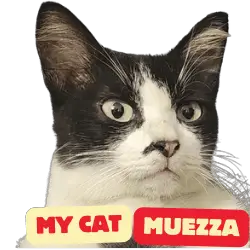
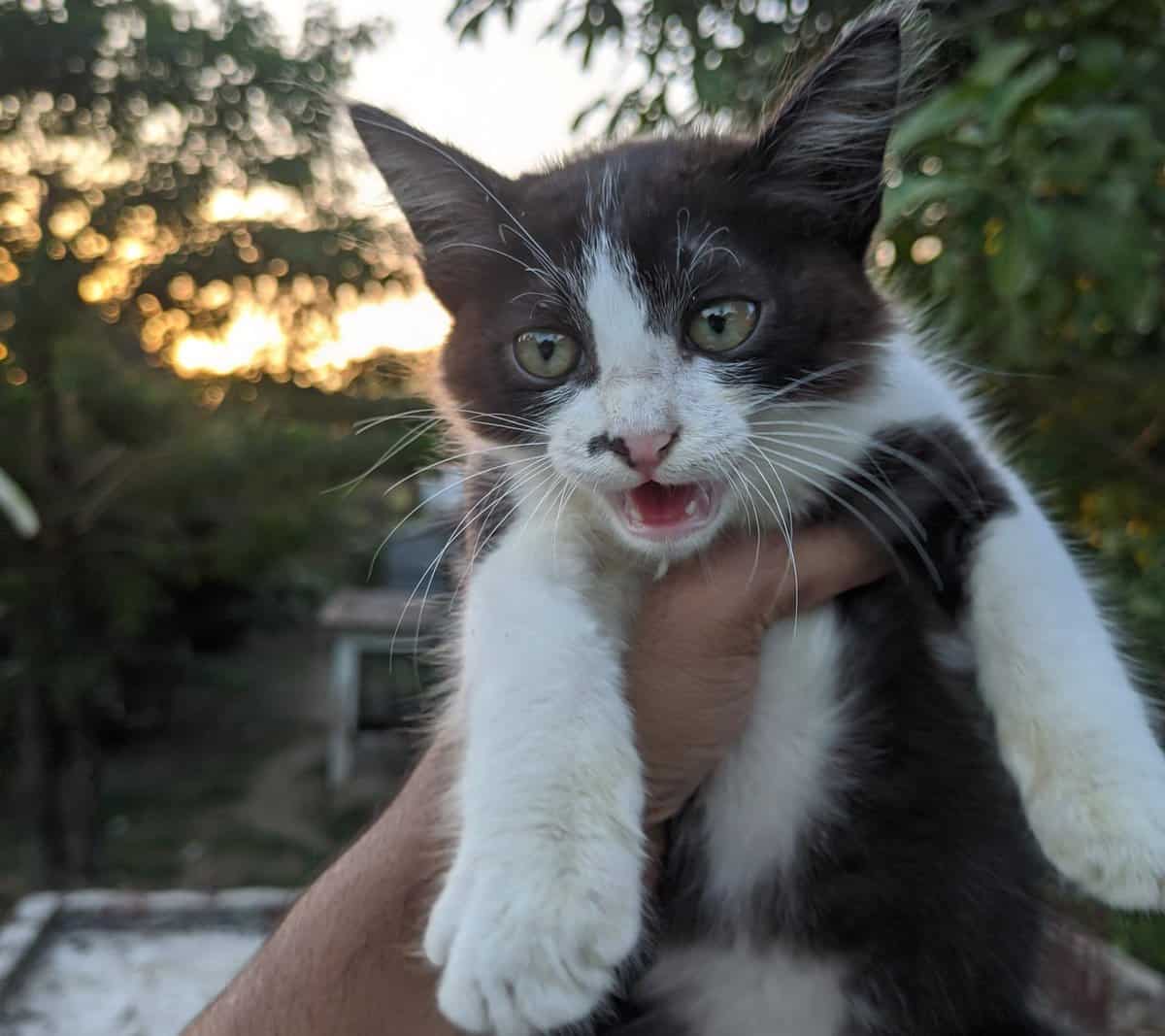
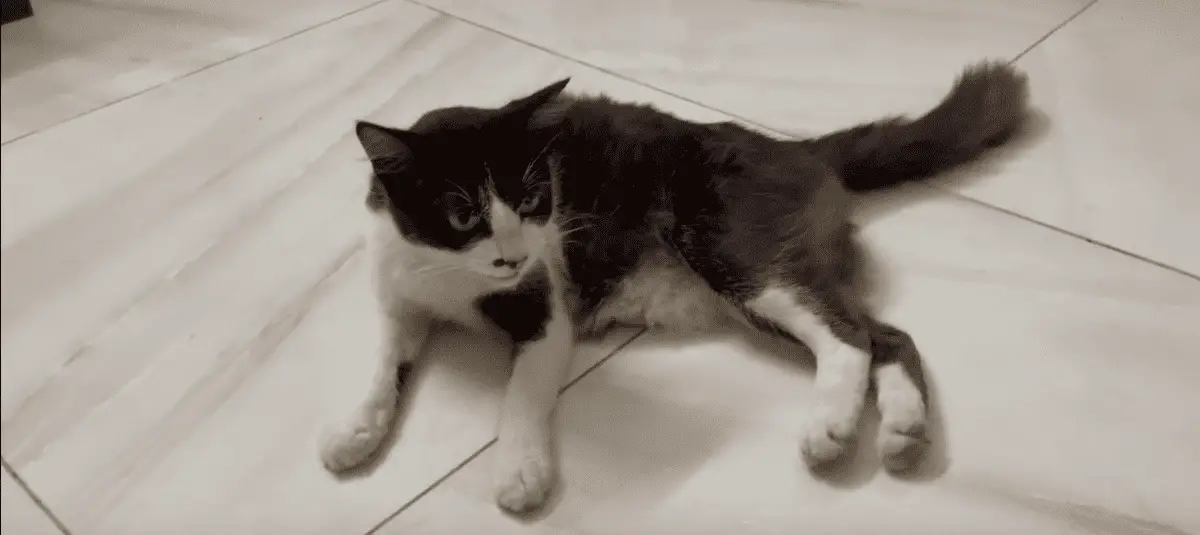
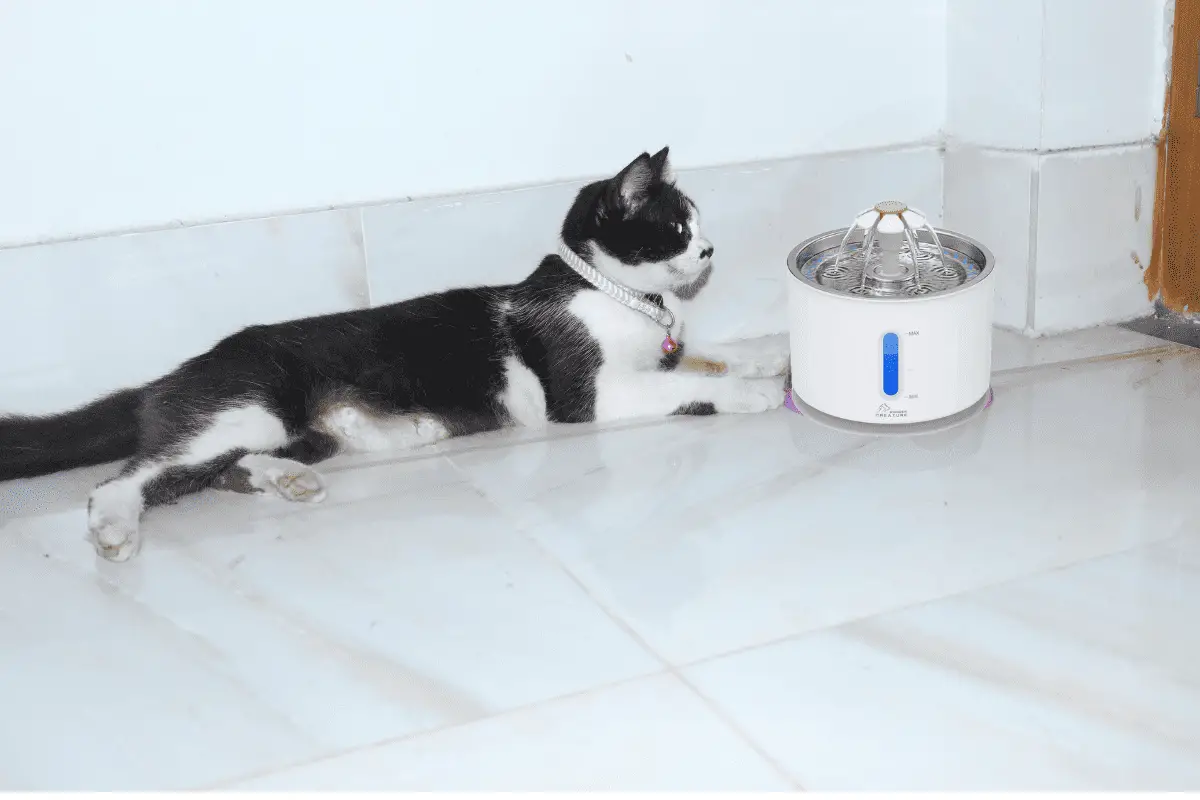
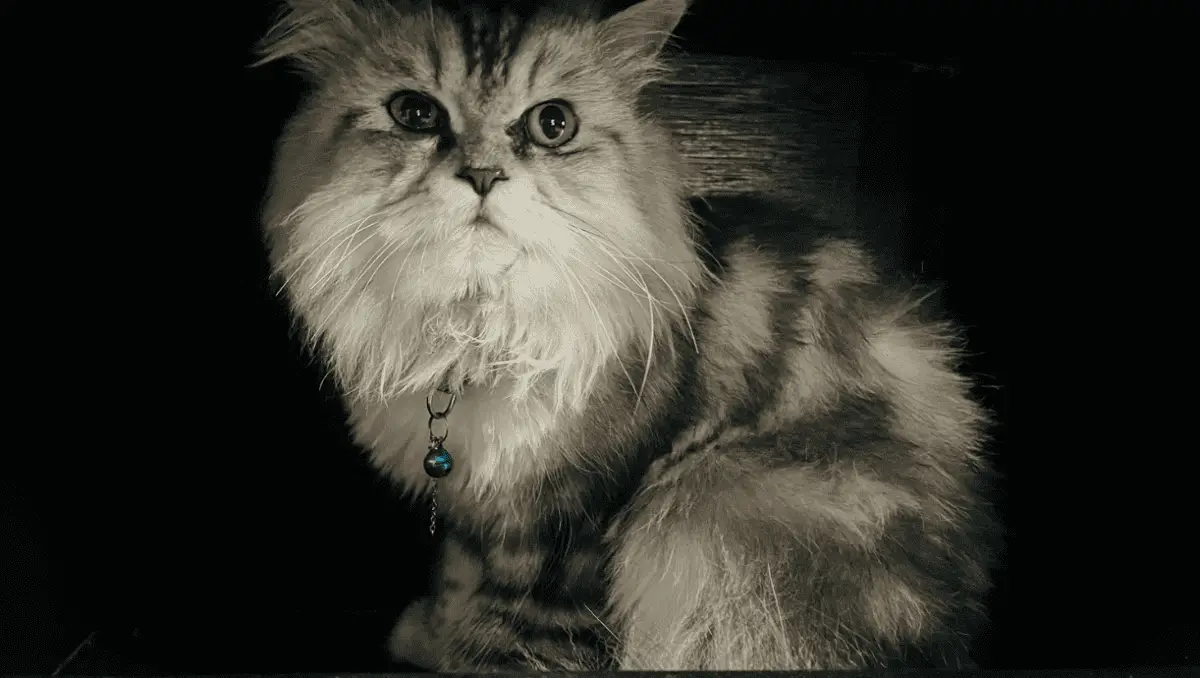

Leave a Reply